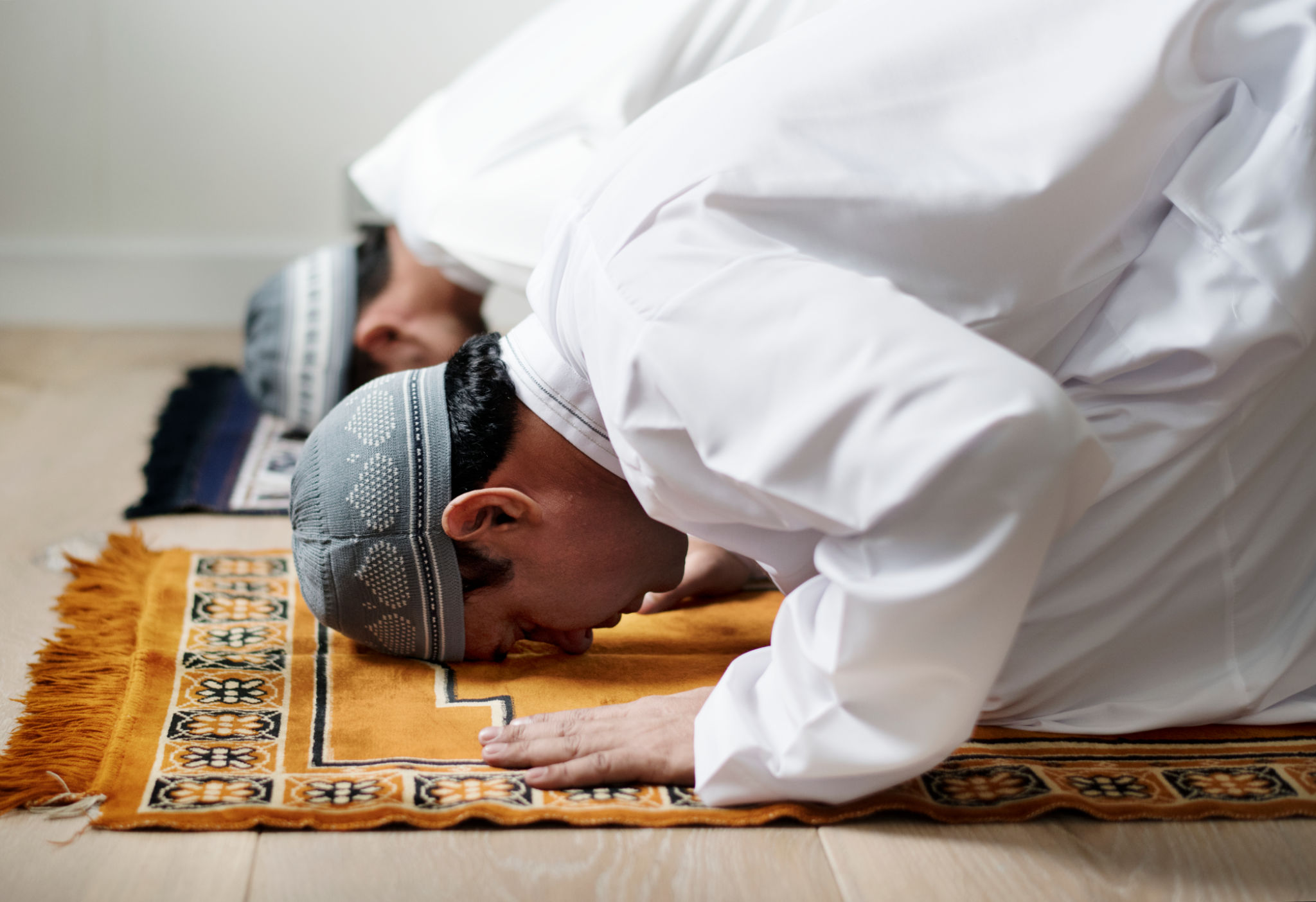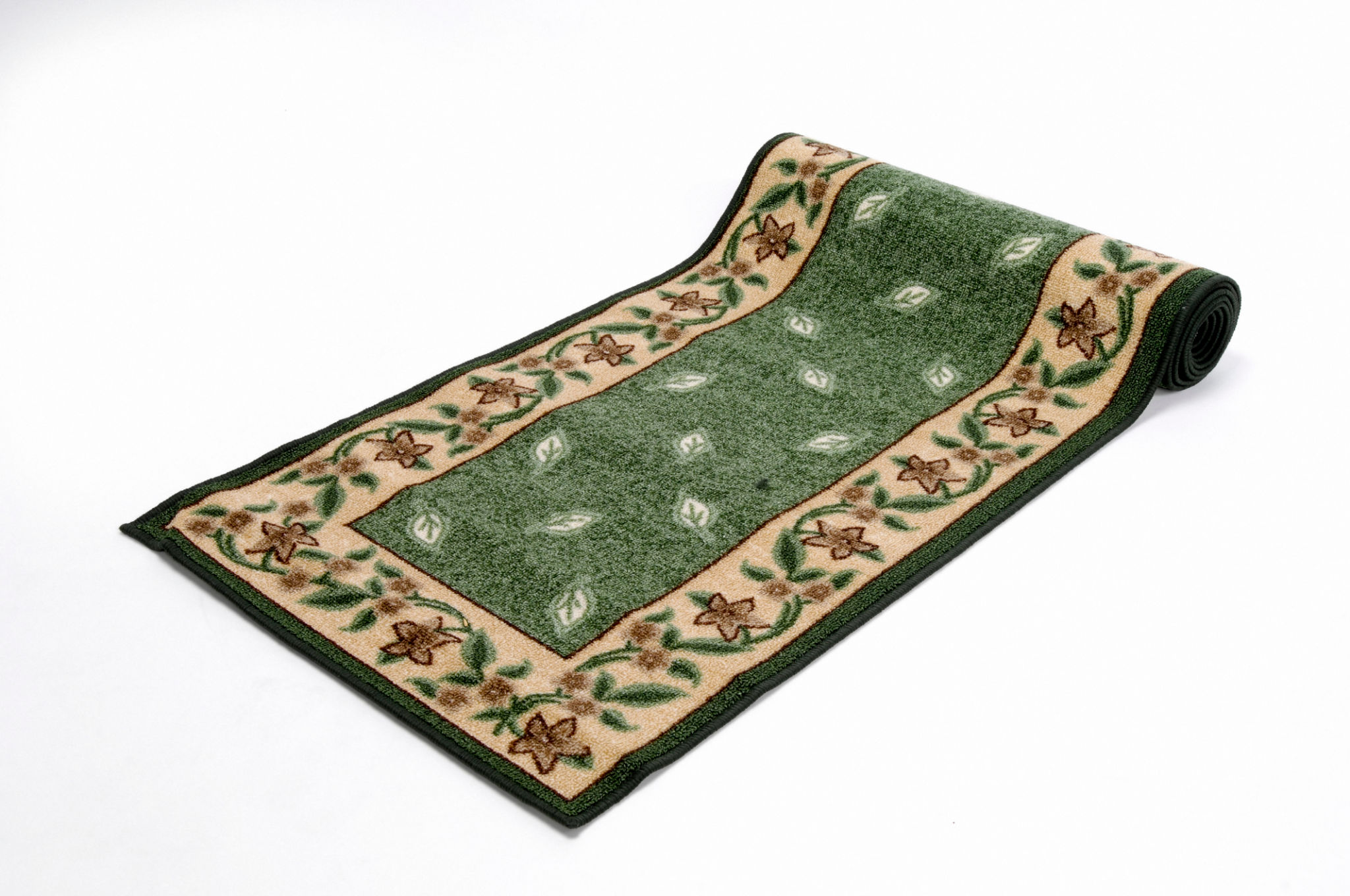The Power of Prayer: Exploring Islamic Prayer Mats and Their Significance
Understanding the Role of Prayer in Islam
Prayer is a cornerstone of Islamic practice, serving as a direct link between the believer and the divine. Muslims around the world perform Salah, the ritual prayer, five times a day, which not only signifies devotion but also fosters a sense of discipline and mindfulness. The spiritual importance of prayer in Islam is profound, as it represents submission to Allah's will and offers an opportunity for self-reflection and spiritual growth.

The Origin and Evolution of Prayer Mats
Prayer mats, known as "sajjada" in Arabic, play an essential role in Islamic worship. Historically, these mats have evolved from simple pieces of cloth to intricately designed works of art. Early Muslims used natural surfaces such as sand or grass for prayer, but over time, the need for a dedicated, clean space led to the development of specialized prayer mats. These mats not only provide a clean surface but also create a sacred space for worship.
Design and Symbolism
Prayer mats come in various designs and materials, each carrying unique cultural and religious significance. Common motifs include geometric patterns, floral designs, and imagery of mosques. These elements are not merely decorative; they serve to focus the mind on worship and often incorporate symbols of paradise or the universe, reinforcing the believer's connection to the divine. The choice of colors and materials further enriches the spiritual experience, with some mats incorporating luxurious textiles like silk or wool.

The Practical Importance of Prayer Mats
Beyond their spiritual significance, prayer mats are practical tools that facilitate worship. They provide a clean and comfortable surface for the physical postures of Salah, protecting the body from hard or cold ground. The portability of these mats ensures that Muslims can perform their prayers anywhere, maintaining their religious obligations even while traveling.
Cultural Variations in Prayer Mats
The design and style of prayer mats vary significantly across different regions, reflecting local artistic traditions and cultural influences. For instance, Turkish prayer mats often feature elaborate patterns and high-quality materials, while Indonesian mats might incorporate vibrant colors and simpler designs. These cultural variations highlight the diversity within the Islamic world and illustrate how local customs influence religious practices.

The Spiritual Connection Fostered by Prayer Mats
Using a prayer mat is more than just a ritualistic practice; it is a means to deepen one's spiritual connection with Allah. The act of unrolling the mat and preparing for prayer creates a mindful transition from daily activities to a sacred moment of worship. This ritual fosters a sense of peace and tranquility, allowing believers to focus solely on their relationship with the divine.
Prayer Mats as Artifacts of Faith
Prayer mats are often treasured possessions passed down through generations, becoming family heirlooms that carry stories and memories. They symbolize faith, continuity, and heritage. As artifacts of devotion, these mats are cherished not only for their religious significance but also for their role in preserving cultural identity.
Conclusion
The significance of Islamic prayer mats extends far beyond their practical use. They embody a deep spiritual connection and cultural richness that enhances the experience of Islamic worship. As both functional items and artistic expressions, prayer mats continue to play a vital role in the daily lives of Muslims worldwide, serving as a constant reminder of faith and devotion.
